Publications
Expert Resources
Visit the Blog
Peaches Archives | CAES Field Report
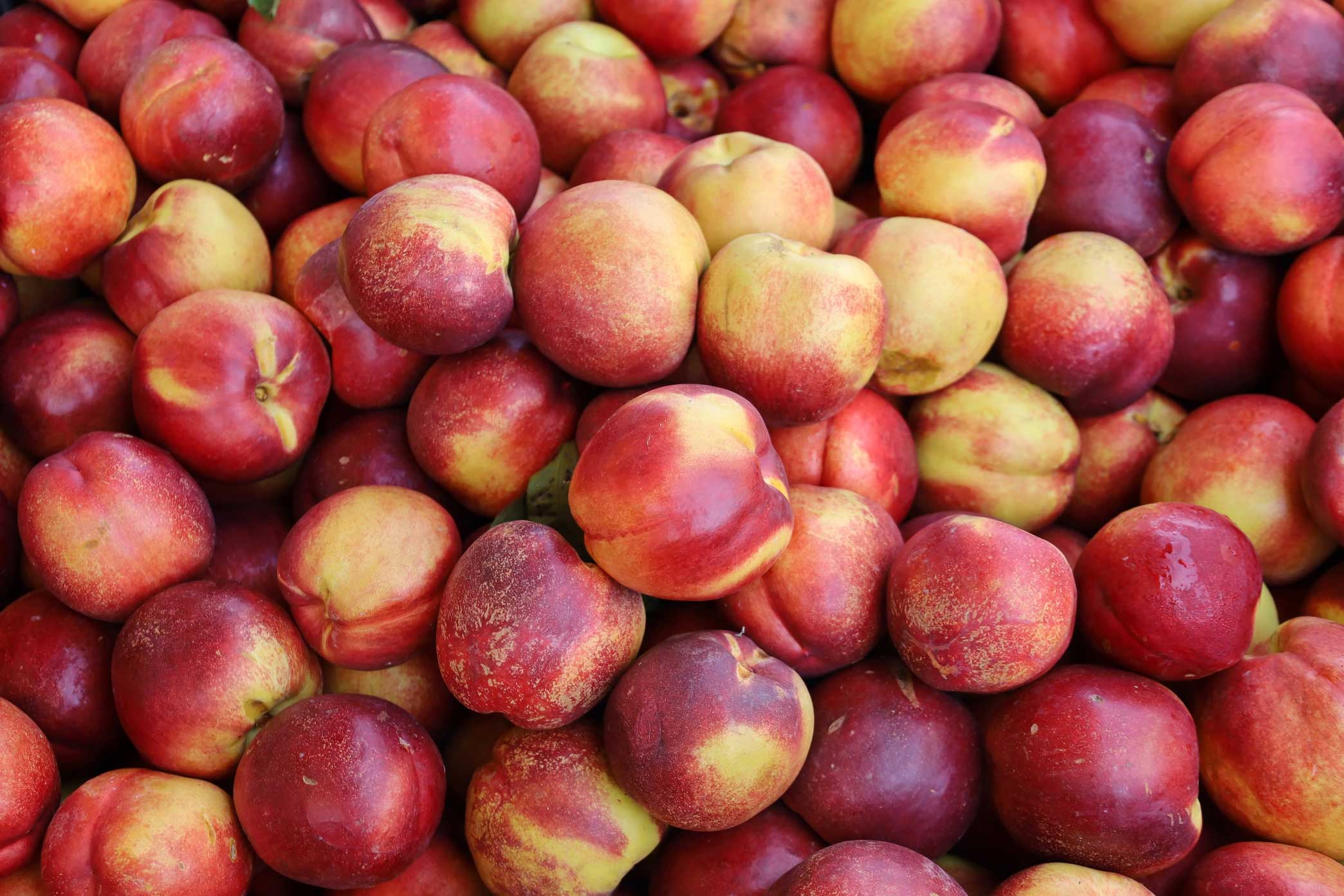 Peaches Archives | CAES Field Report
Peaches Archives | CAES Field Report
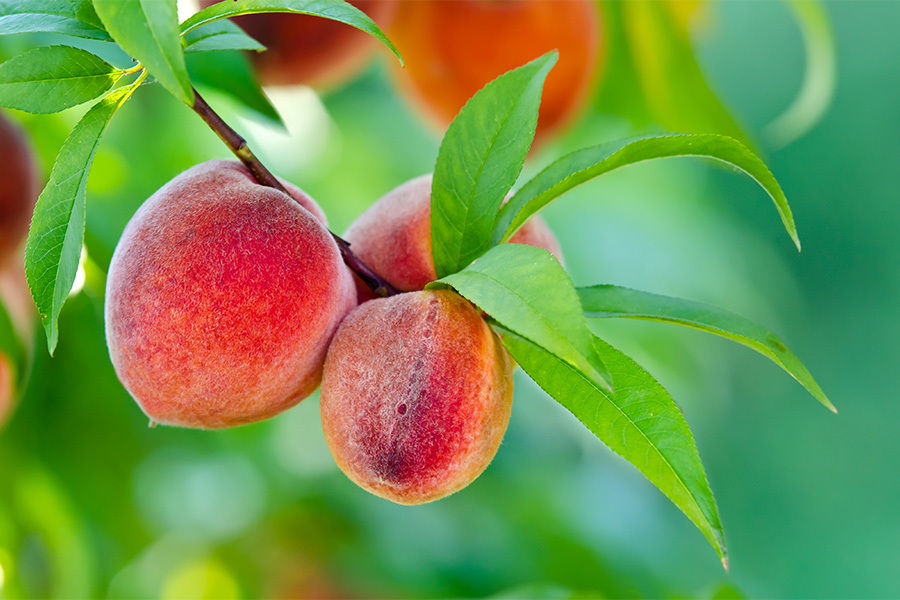 Peaches Archives | CAES Field Report
Peaches Archives | CAES Field Report
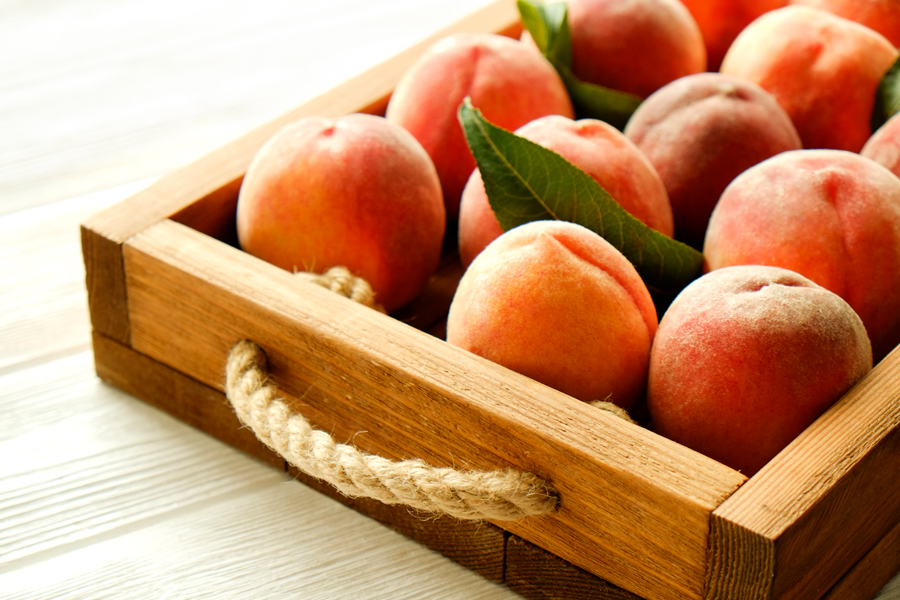 Peaches Archives | CAES Field Report
Peaches Archives | CAES Field Report
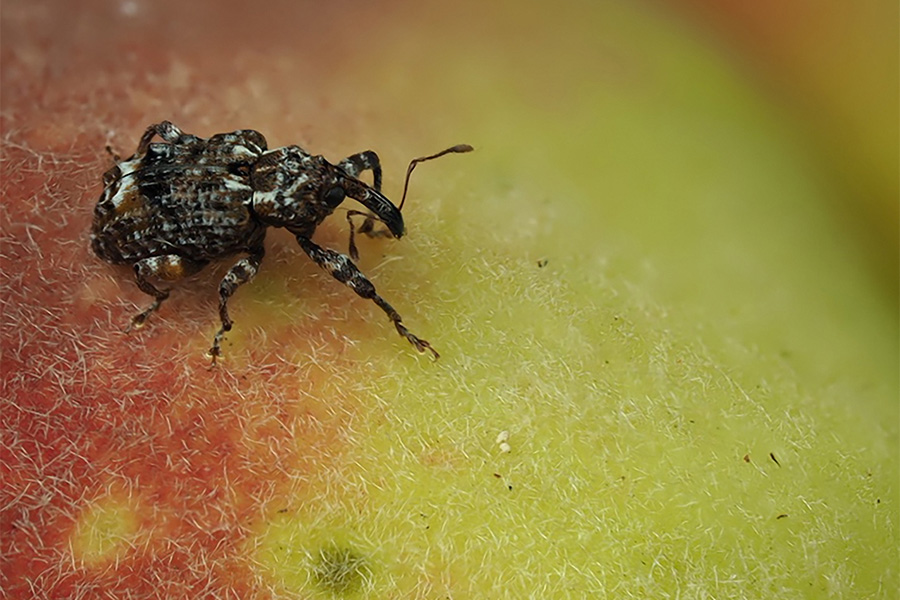 Peaches Archives | CAES Field Report
Peaches Archives | CAES Field Report
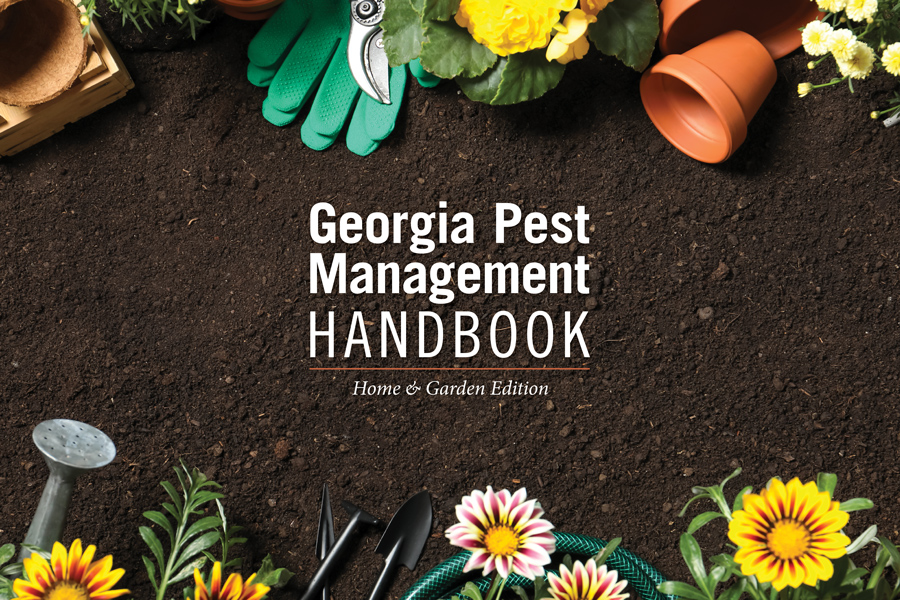
Posted by Phillip Brannen, Dario Chavez Velasquez, Brett Blaauw, Allison Johnson on Mar 3, 2025
Southeastern Peach, Nectarine, and Plum Pest Management and Culture Guide

Posted by Brett Blaauw on Oct 10, 2024
San Jose Scale: A Pernicious and Persistent Pest of Peaches

Posted by Orestis Giannopoulos, Dario Chavez Velasquez, Angelos Deltsidis on Aug 21, 2024
Peaches: Appropriate Harvest and Postharvest Handling

Posted by Brett Blaauw, Tzu-Chin Liu on Aug 11, 2024
Plum Curculio: An Incessant Pest of Peaches

Posted by Harald Scherm, John All, Brett Blaauw, Allison Johnson on Feb 5, 2024
Home Orchard

Extension Publications
Brett Blaauw
http://extension.uga.edu/publications/detail.html?number=B1171
Brett Blaauw
http://extension.uga.edu/publications/detail.html?number=C1225
Brett Blaauw
http://extension.uga.edu/publications/detail.html?number=C1224
Orestis Giannopoulos
http://extension.uga.edu/publications/detail.html?number=B1555
Allison Johnson
http://extension.uga.edu/publications/detail.html?number=SB48-05
See More Publications
Southeastern Peach, Nectarine, and Plum Pest Management and Culture Guide
(B 1171)
This guide covers multiple states and production areas. Pest problems vary across the Southeast. Pesticide rates are a guideline. Exceptions are noted for specific locations and pests, but this guide does not list every exception. Listed pesticides may not be registered for the uses recommended here in all states.
This guide is to be used only by commercial growers. Observe all label precautions and recommendations. Brand names of pesticides are given in the spray schedule as a convenience to the grower. They are neither an endorsement of the product nor a suggestion that other products with the same active ingredient are not effective.
San Jose Scale: A Pernicious and Persistent Pest of Peaches
(C 1225)
San Jose scale, Comstockaspis perniciosus (Comstock), is a pest of peaches, nectarines, plums, and other tree fruits including apples, pears, and cherries. San Jose scale is considered a secondary pest in many regions of the country, but in the Southeast U.S., it has been one of the most common and most destructive pests to the peach industry since the early 2000s.
Plum Curculio: An Incessant Pest of Peaches
(C 1224)
Plum curculio, Conotrachelus nenuphar (Herbst), is a key insect pest of peaches in the Southeast region of the United States. It is a snout beetle native to North America and is found east of the Rocky Mountains in the U.S. and Canada. Plum curculio drives the insect pest management program for Georgia peach producers. This circular covers the biology, damage, and current management recommendations for plum curculio in Georgia peach production.
Peaches: Appropriate Harvest and Postharvest Handling
(B 1555)
This publication deals with appropriate maturity indices and postharvest handling for fresh-market peaches to educate producers, pickers, packers, and shippers about how to reduce peach postharvest losses and prevent quality deterioration, recalls, and subsequent loss of value during the production and trade of peaches in the region.
Home Orchard
(SB 48-05)
This section of the Home & Garden Edition covers pest control in home orchards, including apples, peaches, bunch grapes, muscadines, strawberries, blueberries, and other fruits. Beginning in 2022, the Home & Garden Edition has been updated biennially. When purchasing a product based on a first-year recommendation of the Handbook, check the current product label before purchase to be sure it is still labeled for the use for which you are buying it. For pesticide products you have on hand from earlier purchases, you are allowed to use them until they are depleted without penalty under the law. Always follow label instructions before use. Contact the product’s manufacturer for the most up-to-date label.
